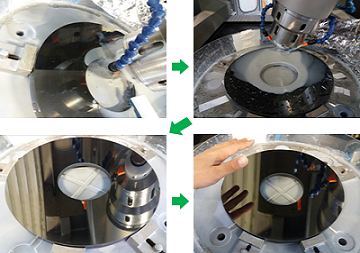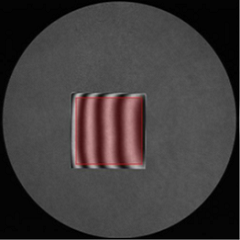Space Optics
New Space represents limitless opportunities and market potential within the space industry. It is expanding rapidly as more private companies enter the field. Green Optics has already hit out in the space industry with reliable lightweight technology space optical components. We offer reliable optical solutions for customers with ambitions in space exploration and technology.
Light Weight Technology
|
In space exploration, every gram matters, with launch costs exceeding several dollars per gram. Reducing the weight of components is crucial for cutting costs in space technology. Green Optics has developed lightweight, large-size optical mirrors specifically for space applications. Our products undergo rigorous testing to ensure they meet the demands of space environments, including resistance to mechanical deformation, thermal stress, vacuum conditions, and maintaining high optical performance. |

|

|

|

|
SiC and Cordierite Mirror

Target Specifications of SiC Mirrors
- Surface Errors: <15 nm RMS (Typical: <10 nm RMS)
- Roughness: <2 nm (Typical: <1 nm)
- Slope Errors: <1.5 µrad RMS
- Coating: Silver and Aluminum with a protective layer
- Material: SiC without CVD process (Zero Void SiC)
- Lightweight design
Green Optics is advancing state-of-the-art world-class SiC polishing technology by introducing high-speed, free-form aspherical grinding equipment for large optical components. This innovation enhances the precision and quality of SiC mirrors, positioning us at the forefront of the industry. |
||
 |
 |
|
PV 0.204λ / rms 25.95nm / Roughness Ra 0.796nm |
||
 |
 |
 |
Laser Communication Aluminum Mirrors
Green Optics provides high-precision aluminum mirrors designed for laser communication systems, offering optimal performance in directing and reflecting laser beams.
Beam Expander Telescope |
||
 |
 |
 |
Our beam expander telescopes are engineered to increase the diameter of laser beams, enhancing long-distance communication and precision targeting in laser-based systems. It is made up of four aspherical mirrors:
There is a strong emphasis on minimizing integration time, and the M2 and M3 components feature complex back-side designs. Additionally, full responsibility for inspection is required at the partner level. |
||
 ALL MENU
ALL MENU

